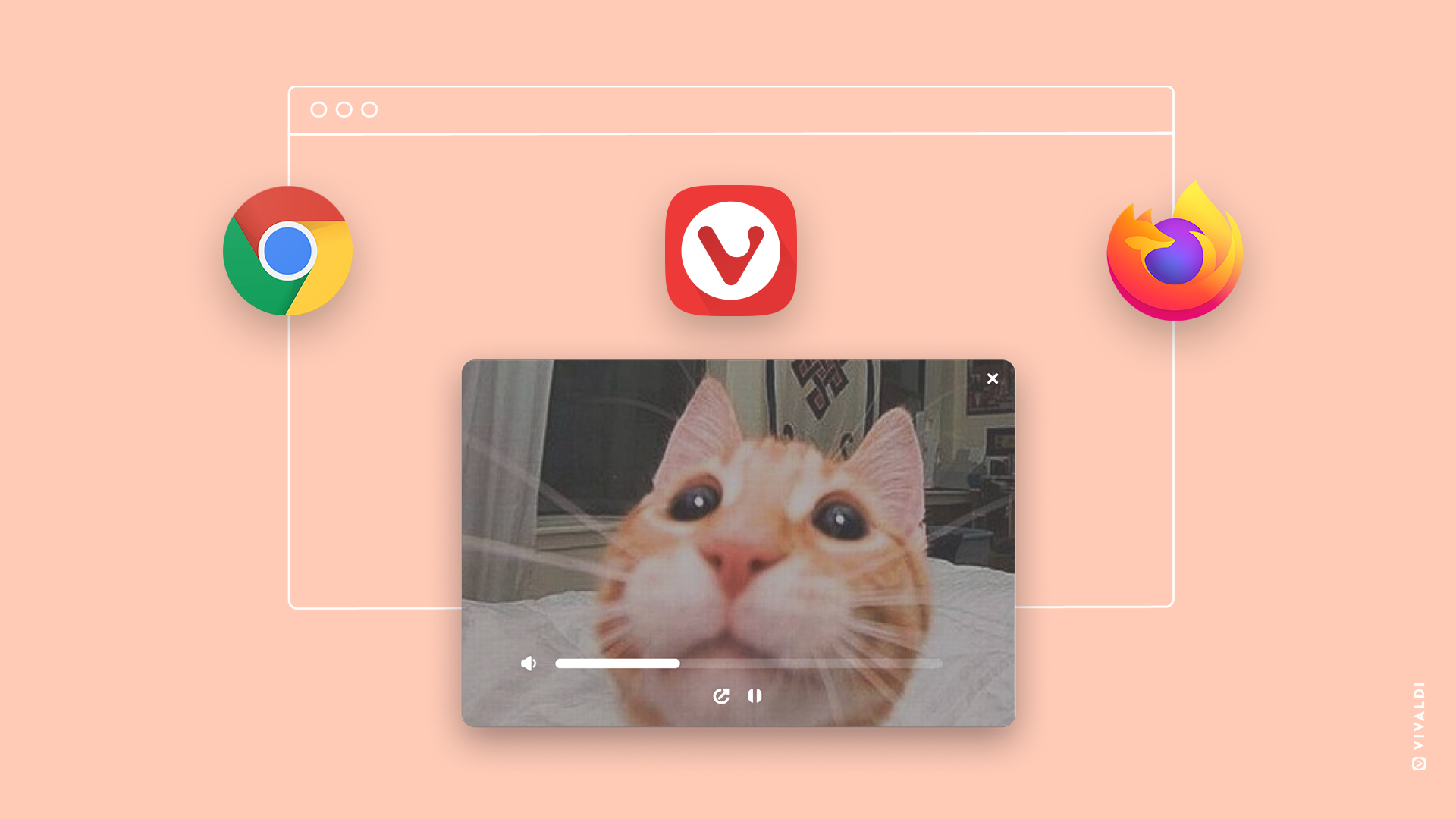

To block access to insecure sites, in Settings, Address Bar, enable ☑ Always Use Secure Connection (HTTPS). I have moved mine to the right end of the URL Field using CSS ( see below). The shield icon, to the left of the padlock or site information icon gives access to Ad-blocking and Cookie tracking ( see below). The Site Settings link opens a tab with all of the site settings: Autoplay, Location, Camera, Microphone, Motion sensors, Notifications, JavaScript, Images, Pop-ups and redirects, Ads, Background sync, Sound, Automatic downloads, MIDI devices, USB devices, Serial ports, File editing, HID devices, Protected content IDs, Clipboard, Payment Handlers, Insecure content, Third-party sign-in, Augmented reality, Virtual reality, Your device use, Window placement, and Fonts. The Certificate link (on secure sites) gives details of the certificate: its expiry date, issuing authority, etc. The Cookies link on the popup gives details of the cookies set for the current site, and lets you block, allow, or remove them. On a secure (https:) site the icon will be a padlock on an insecure (http:) site, the icon will be an information icon. Web Panels - Some web panels recommended by other users.Ĭlick the View Site Info icon in the address bar to display a popup menu showing the settings for the current site.Vivaldi Bug Status - The Bug-Tracker is closed, but some insiders have access to it and can let you know about the latest status if you tell them the bug number.Undocumented Shortcuts and Features - Some things that you may not find in Help.


“The former CEO of Opera, Jon von Tetzchner, has released the Vivaldi Browser for fans of the old Opera.


 0 kommentar(er)
0 kommentar(er)
